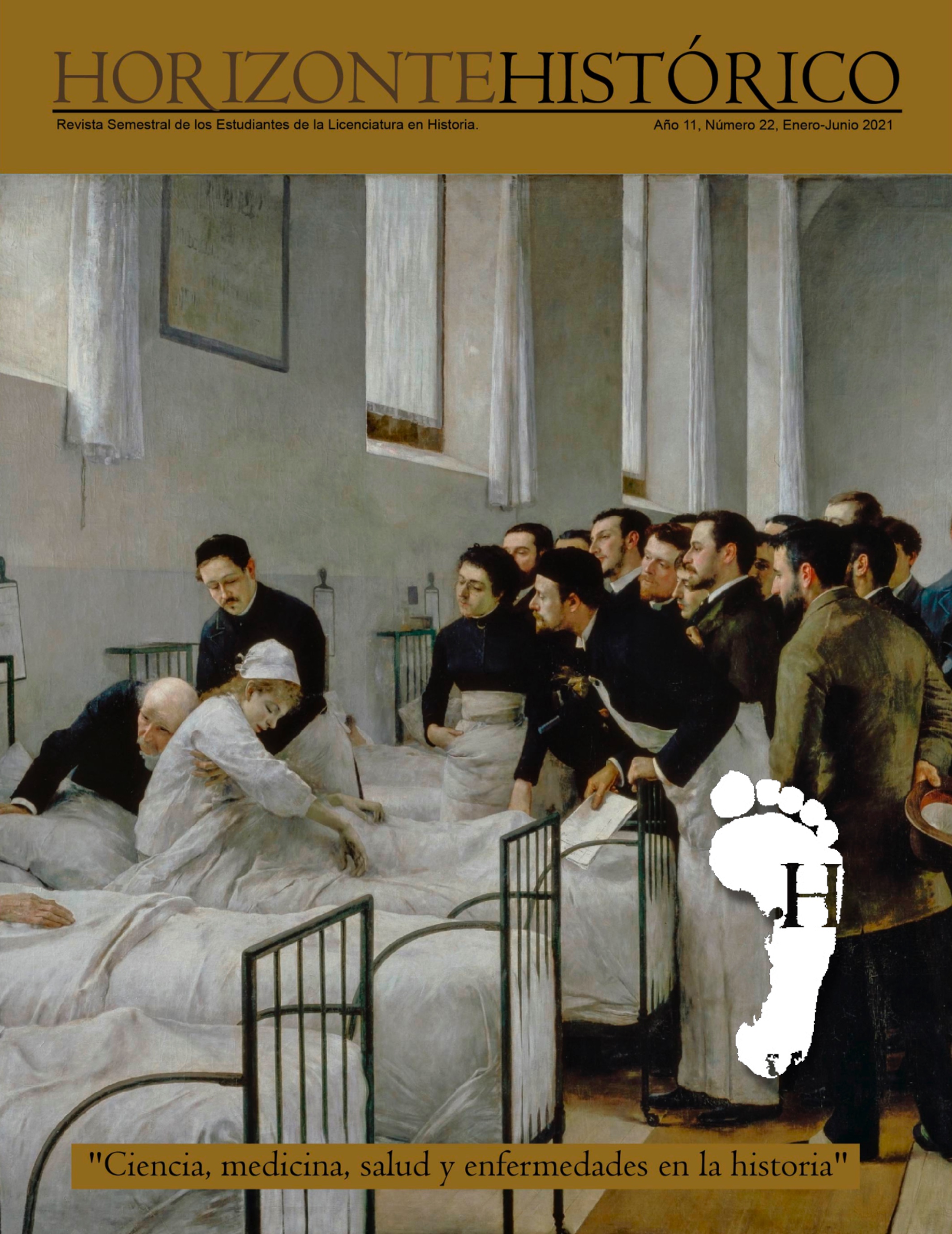The Assyrian war ritual: The reliefs kings Assurbanipal's North Nineveh Palace
DOI:
https://doi.org/10.33064/hh.vi22.3463Keywords:
Mesopotamia, Assyrian Empire, Reliefs, Ashurbanipal, ritual warfareAbstract
For the mesopotamians, the king represented the bridge between them and their gods, for they believed in the power of the ritual of religion to appease their anger and seek their favor in earthly affairs. This article describes the basic concepts of the ideology of the Assyrian empire regarding the war ritual and the representation of its different phases in art, as well as the interpretation of its elements. In the reliefs of the Nineveh palace of Ashurbanipal, the last Assyrian king, the analyzed elements are exemplified, to demonstrate how the power of the image as a diffusion of violence and its context justified the Assyrian control.
Downloads
Downloads
Published
How to Cite
Issue
Section
License
Copyright (c) 2021 Fernanda Lorena Martínez Ramírez

This work is licensed under a Creative Commons Attribution-NonCommercial-NoDerivatives 4.0 International License.
Those authors who have published with this journal, accept the following term:
The copyright of any article in Horizonte Histórico belongs to the author(s). As a condition of publication, authors agree to release their copyright under a shared license, specifically the Creative Commons Attribution-NonCommercial-NoDerivativeWorks 4.0 International license.











